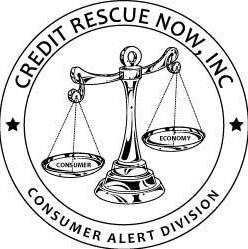Varied credit accounts impact score
Varied credit accounts impact score. Many times I am asked what the difference is between a revolving credit account and an installment account? I find that clearing up this confusion can help consumers make educated decisions about their credit.
A revolving account is the most common kind of credit account, with credit cards being the most obvious example. With a revolving account you are required to make a payment each month – either the minimum due, or more if you choose – and keep doing so until the balance is zero.
An installment loan is another form of consumer credit. But unlike a revolving account, an installment loan can be paid ahead to avoid monthly payments. For example, if you are going out of town for three months, with an installment loan you can pay ahead for 90 days so you will not need to worry about another payment until the fourth month.
Those are the two most common types of consumer credit, but there are variations you should also keep in mind.
For example, another revolving account is equity line of credit, usually offered against the equity you have built up in your home (it is also referred to as a Helock loan). Most consumers do not realize that this type of loan is a revolving account, so it affects your score like a credit card.
As with a credit card, your credit score will drop if you use an equity line of credit to the limit. In fact, unless you keep your use of the loan at or below 30 percent of the limit, it could lower your credit score. Therefore, if you have a home equity loan and it’s as a limit or even close to it, and you are having trouble paying it down, you should refinance the equality line into your main mortgage.
Don’t get me wrong, an equality line of credit is a very useful tool- as long as the loan is kept under control. But also remember, a revolving account at its limit can negatively affect your credit score 25 to 30 points.
Until next time, good credit to you.
